Who to Choose the Best Dog Food: Everything You Need to Know

1.Introduction
As dog owners, one of the most important decisions we make for our furry friends is what to feed them. The right nutrition can significantly impact your dog’s health, energy levels, and overall quality of life. However, with countless options available and often conflicting information, choosing the best dog food can be overwhelming.
This comprehensive guide will walk you through everything you need to know about dog nutrition, types of dog food, and how to make the best choice for your canine companion. Whether you have a playful puppy, an active adult, or a senior dog, we’ll help you navigate the world of dog food with confidence.
II. Understanding Dog Nutrition Basics
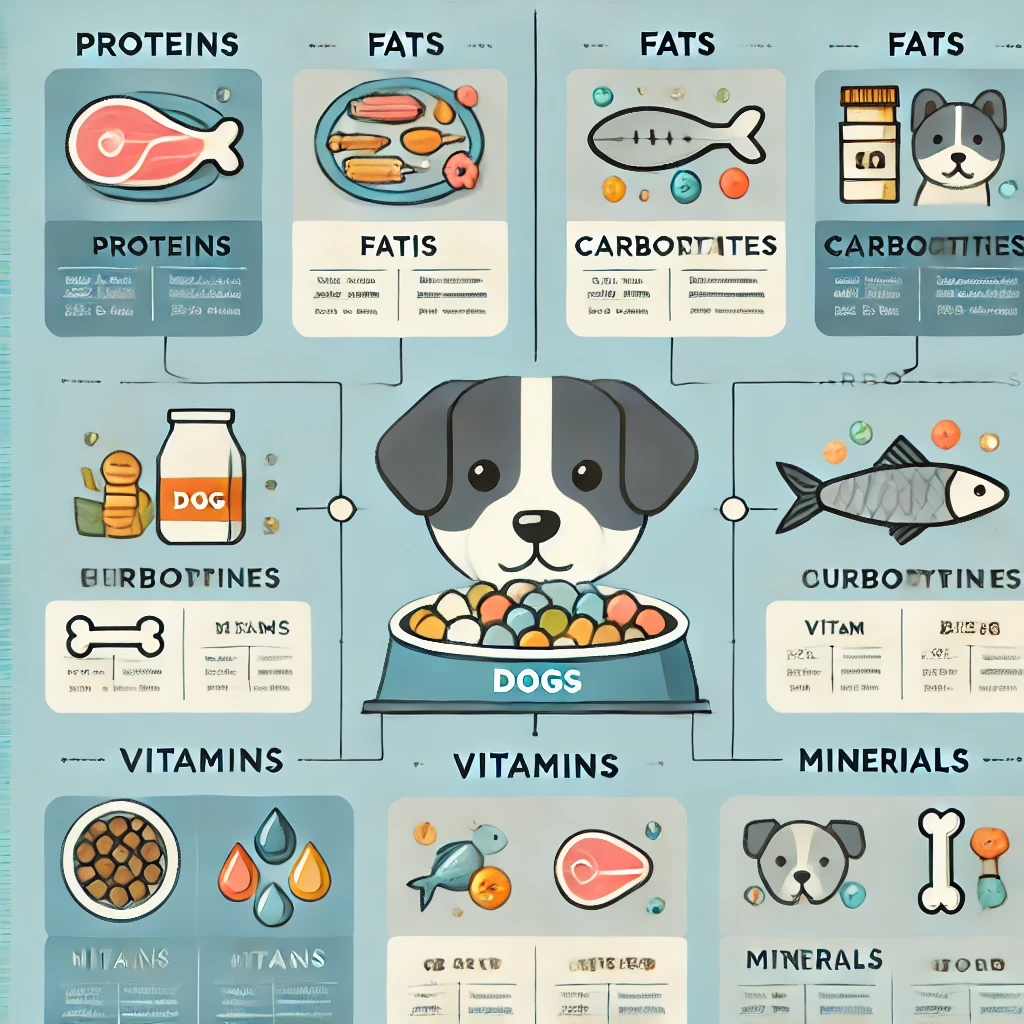
Before diving into specific types of dog food, it’s crucial to understand the basic nutritional needs of dogs.
A. Essential nutrients for dogs include:
- Proteins
- Fats
- Carbohydrates
- Vitamins
- Minerals
- Water
B. Protein requirements: Proteins are vital for muscle development, repair, and overall body function. Look for high-quality animal proteins as the first ingredient.
C. Fat content: Fats provide energy, help absorb vitamins, and contribute to skin and coat health. Moderate fat content is essential, but too much can lead to obesity.
D. Carbohydrates: While not essential, carbs can be a good energy source. Look for easily digestible carbs like rice or sweet potatoes.
E. Vitamins and minerals: These micronutrients support various bodily functions and should be present in balanced amounts.
III. Types of Dog Food
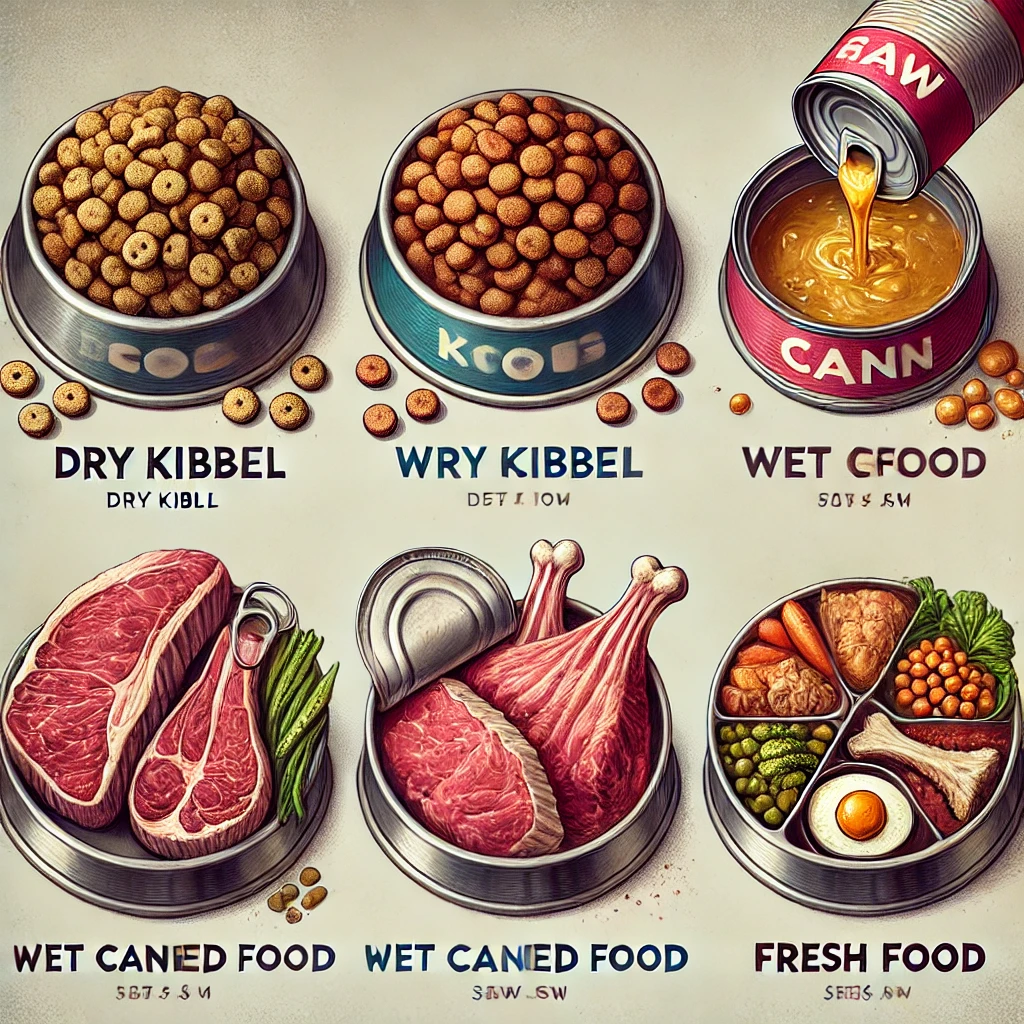
A. Dry Dog Food (Kibble) Advantages: Convenient, cost-effective, helps clean teeth Disadvantages: Lower moisture content, some dogs find it less palatable Choosing quality: Look for named meat sources as the first ingredient, avoid artificial preservatives
B. Wet Dog Food Benefits: High moisture content, often more palatable Drawbacks: More expensive, shorter shelf life once opened When to consider: Good for picky eaters, dogs with dental issues, or those needing more hydration
C. Semi-Moist Dog Food A middle ground between dry and wet food, but often contains more preservatives
D. Raw Dog Food Potential benefits: Shiny coat, improved digestion, dental health Risks: Bacterial contamination, nutritional imbalances if not properly formulated Consideration: Consult with a veterinary nutritionist before starting a raw diet
E. Human-Grade Dog Food Made with ingredients deemed fit for human consumption, often perceived as higher quality
F. Fresh Dog Food Services Customized, fresh-made diets delivered to your door, becoming increasingly popular
IV. Specialized Dog Food Categories
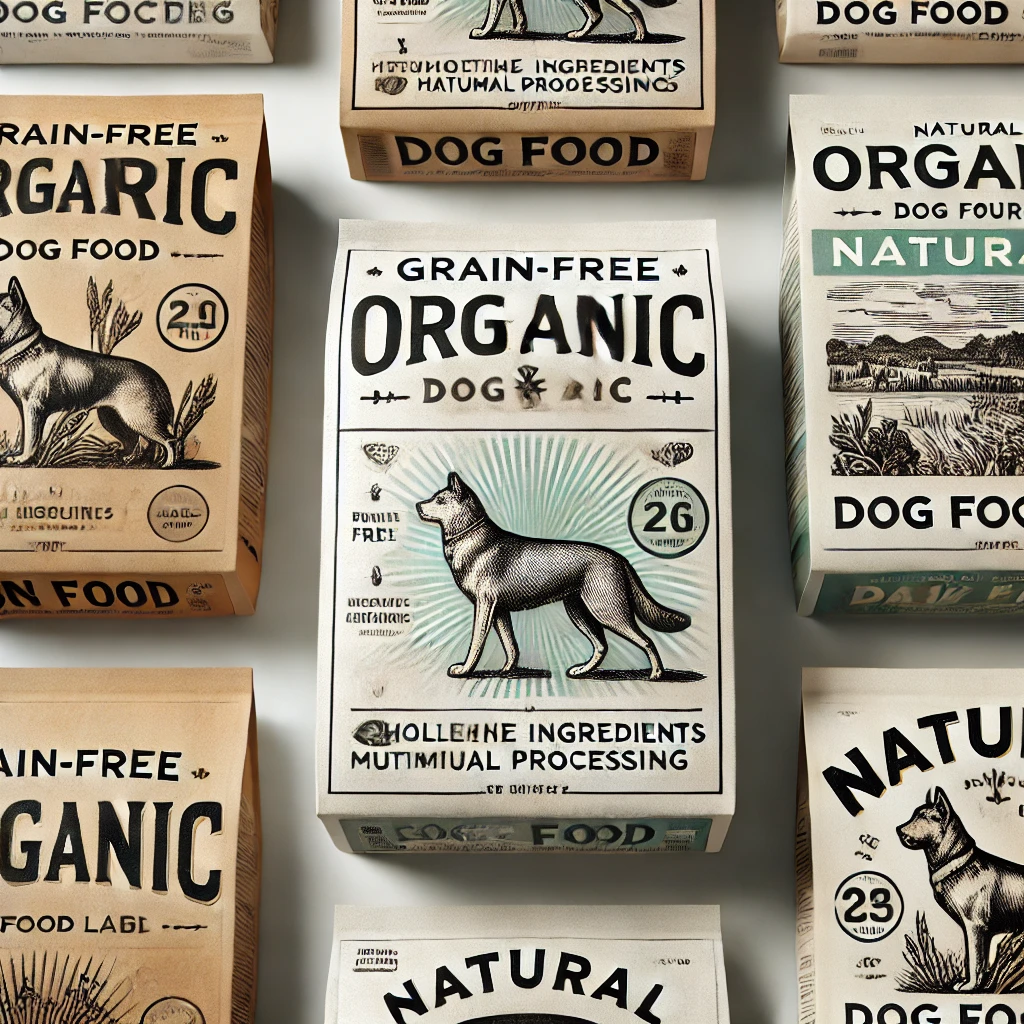
A. Grain-Free Dog Food Pros: May benefit dogs with specific grain allergies Cons: Potential link to heart issues in some dogs (FDA investigation ongoing) Choose carefully and consult your vet, especially for breeds prone to dilated cardiomyopathy
B. Organic Dog Food Made with organic ingredients, free from synthetic pesticides and fertilizers May be beneficial for dogs with sensitivities, but more research is needed
C. Natural Dog Food Minimal processing, no artificial colors, flavors, or preservatives Read labels carefully as “natural” can be broadly interpreted
D. Low-Fat Dog Food Necessary for dogs with pancreatitis or obesity issues Choose foods with high-quality protein sources to maintain muscle mass
E. High-Protein Dog Food Benefits active dogs and those needing weight gain Not suitable for dogs with kidney or liver issues
F. Hypoallergenic Dog Food Contains novel protein sources or hydrolyzed proteins Useful for dogs with food allergies or sensitivities
V. Life Stage-Specific Dog Food
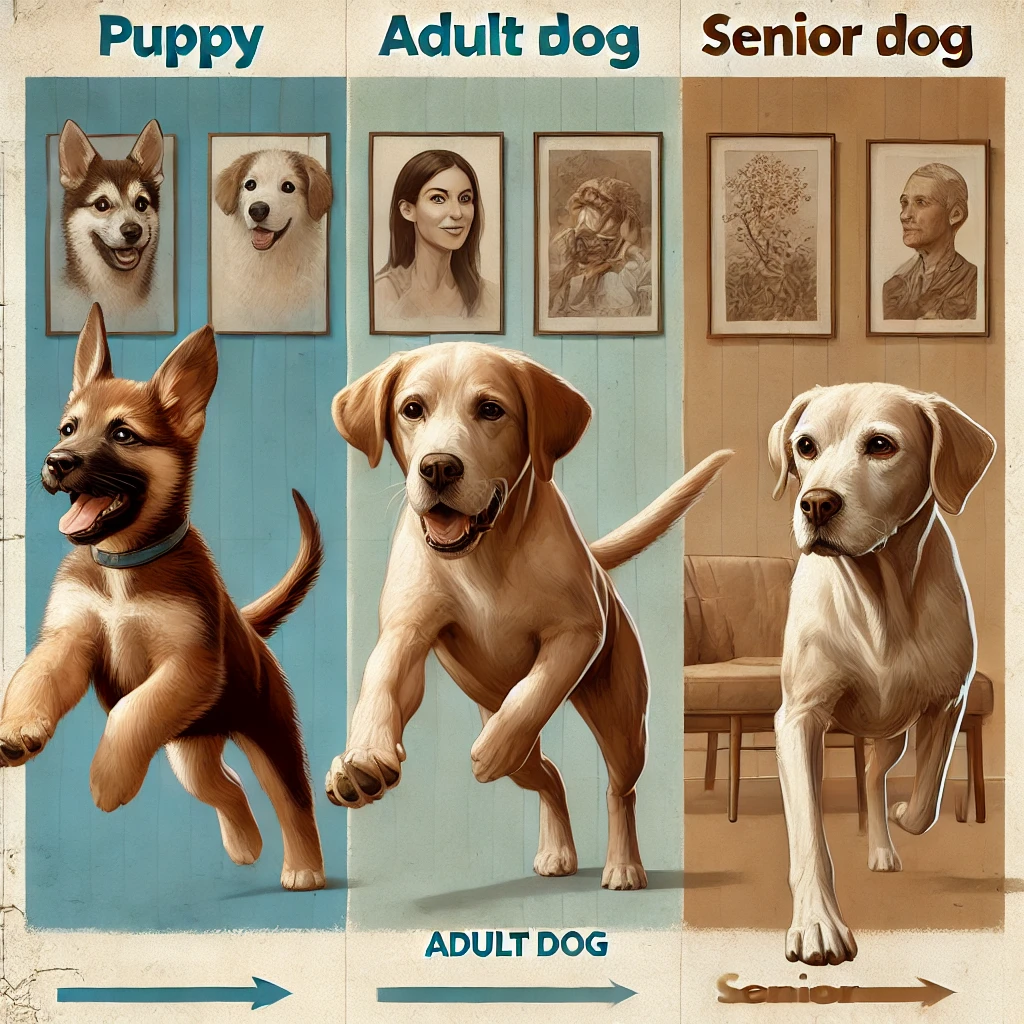
A. Puppy Food Higher in calories, protein, and fat to support growth Large breed puppies need special formulas to control growth rate
B. Adult Dog Food Balanced nutrition for maintenance Performance formulas available for highly active dogs
C. Senior Dog Food Lower in calories, higher in fiber May include supplements for joint health and cognitive function
VI. Breed-Specific Considerations
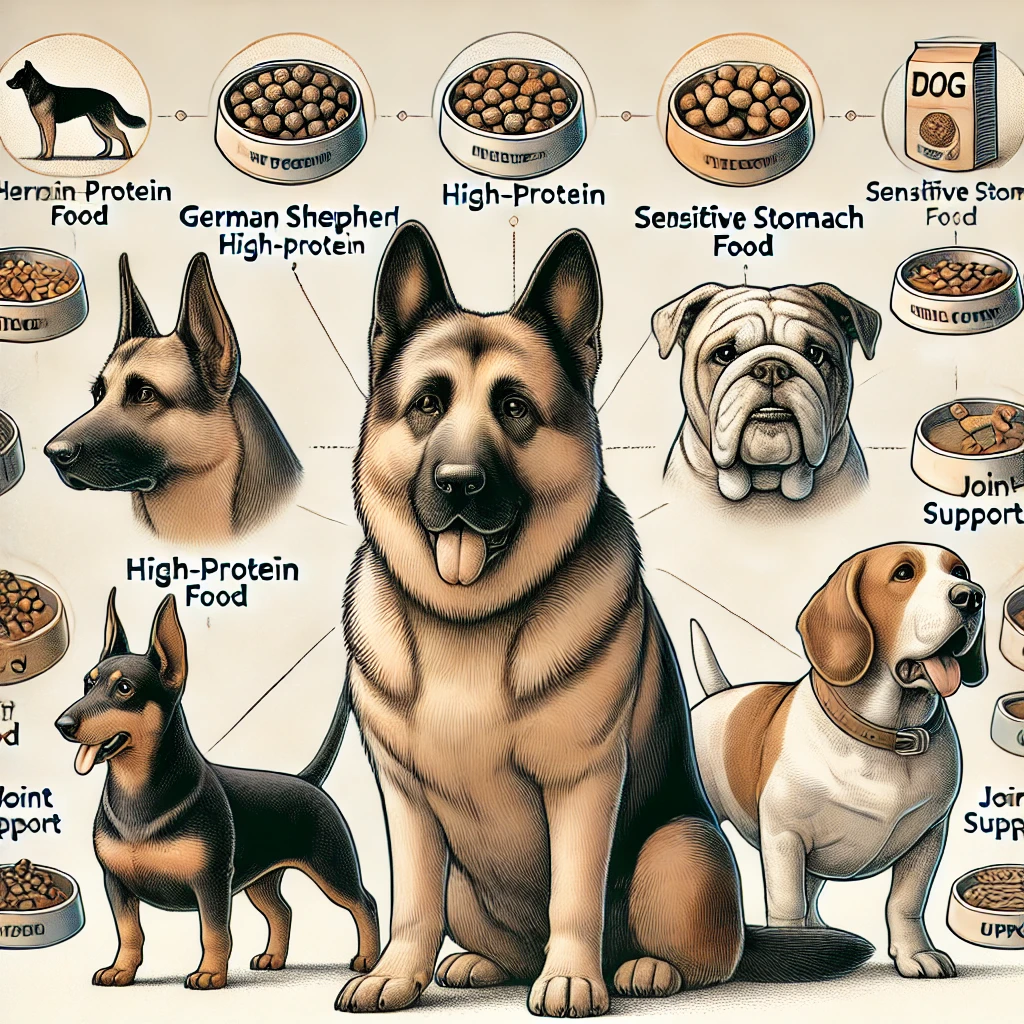
A. Small Breed Dog Food Higher calorie density, smaller kibble size Often enriched with antioxidants for longevity
B. Large Breed Dog Food Controlled calories and calcium for proper growth Often includes joint-supporting nutrients like glucosamine
C. Examples of breed-specific needs: Boxers: Prone to heart issues, may benefit from taurine-rich diets German Shepherds: Often have sensitive stomachs, may need easily digestible foods Labradors: Prone to obesity, may require carefully portioned, lower-calorie diets
VII. Addressing Health Conditions Through Diet
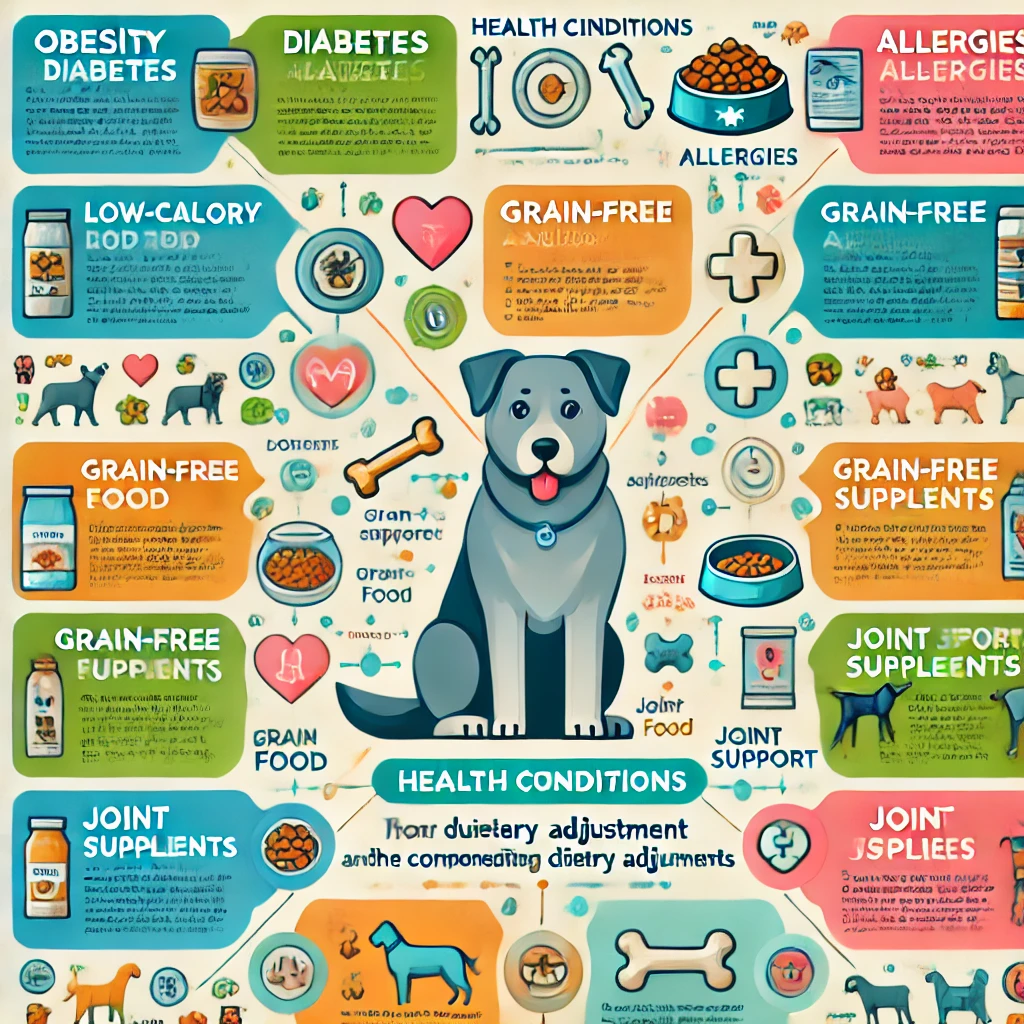
A. Weight Management: Low-fat, high-fiber diets B. Allergies: Limited ingredient or novel protein diets C. Diabetes: High-fiber, low-fat diets with consistent carbohydrate content D. Heart Health: Low-sodium diets with added taurine and L-carnitine E. Kidney Disease: Reduced protein and phosphorus F. Gastrointestinal Health: Highly digestible ingredients, prebiotics, and probiotics
VIII. Reading and Understanding Dog Food Labels

A. Ingredient list: Ingredients are listed by weight before cooking. Look for named meat sources as the first ingredient.
B. Guaranteed analysis: Provides minimum percentages of crude protein and fat, and maximum percentages of fiber and moisture.
C. AAFCO statements: Ensure the food meets AAFCO standards for complete and balanced nutrition.
D. Be wary of marketing terms like “premium” or “gourmet” which aren’t regulated.
IX. Supplementing Your Dog’s Diet
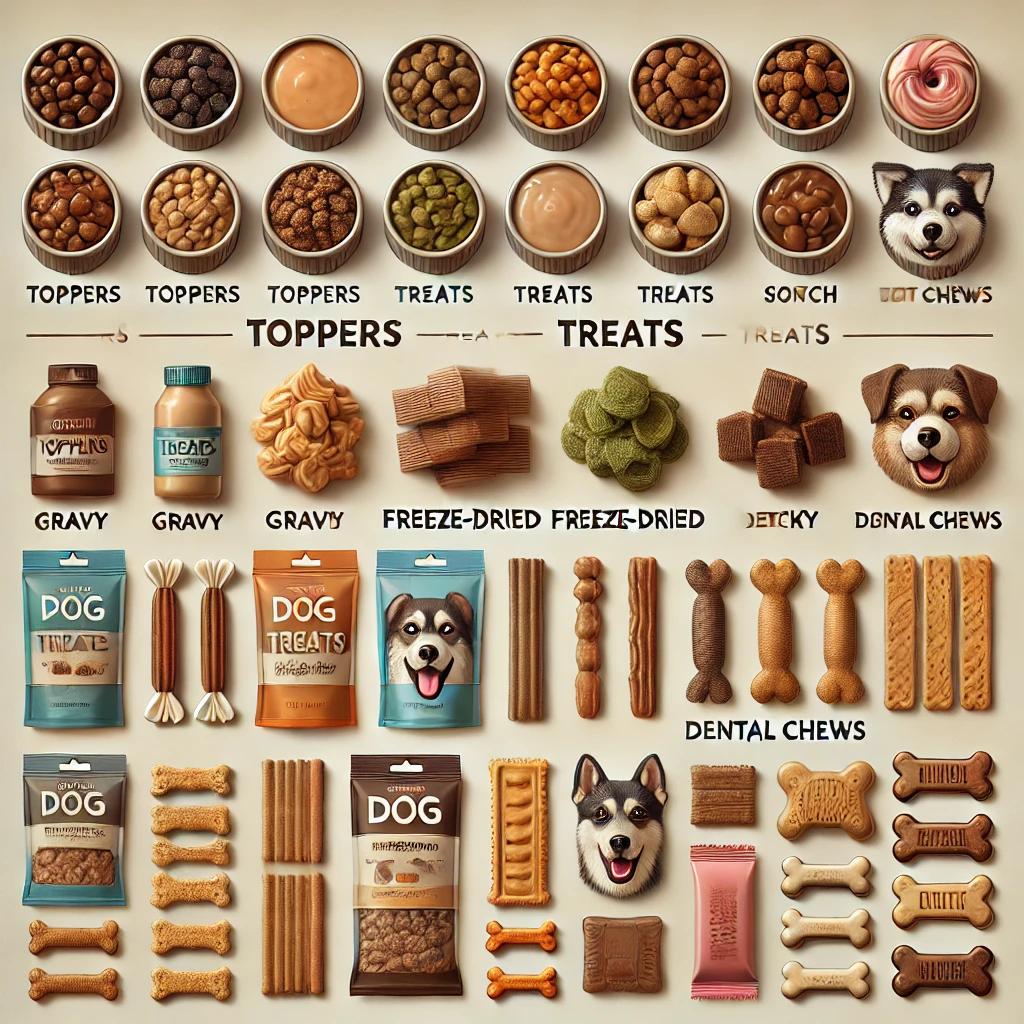
A. Dog Food Toppers Types: Freeze-dried raw, wet food, broths Benefits: Increases palatability, adds nutrients Consider: Adjust main meal portion to avoid overfeeding
B. Dog Treats Choose healthy, low-calorie options Treats should not exceed 10% of daily calorie intake
C. Dental Chews Look for VOHC (Veterinary Oral Health Council) approval Use in conjunction with regular dental care
X. Transitioning to New Dog Food
[Image 10: Step-by-step illustration of food transition process]
A. Importance: Sudden changes can cause digestive upset
B. Transition guide: Days 1-2: 75% old food, 25% new food Days 3-4: 50% old food, 50% new food Days 5-6: 25% old food, 75% new food Day 7: 100% new food
C. Signs of successful transition: Normal stools, good energy, shiny coat
XI. Common Dog Food Myths Debunked
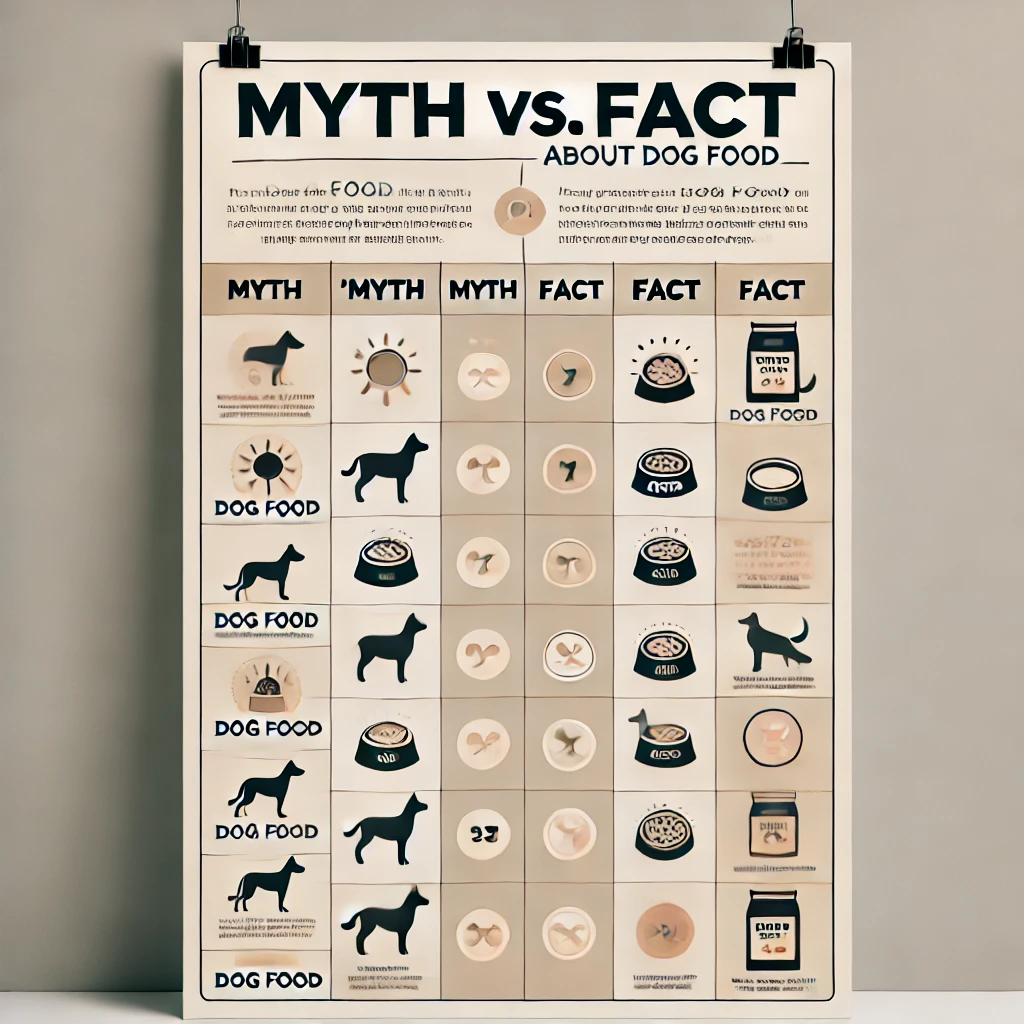
A. “All grain-free foods are better”: Not necessarily true, grains can be nutritious for many dogs B. “Raw diets are always healthier”: Can be beneficial if done right, but carry risks C. “Expensive always means better quality”: Price doesn’t always correlate with quality D. “Dogs should eat the same food forever”: Rotating proteins can be beneficial for some dogs
XII. How to Choose the Best Food for Your Dog
![Flowchart guiding dog owners through food selection process]](https://quitepuppy.com/wp-content/uploads/2024/07/3c961d05-604a-415d-ba3c-9cd0e511a9e2-1.webp)
A. Assess your dog’s individual needs: Consider age, breed, activity level, and health conditions
B. Consult with your veterinarian: They can provide personalized recommendations
C. Evaluate food quality and brand reputation:
- Look for foods that meet AAFCO standards
- Check for feeding trials
- Research the brand’s history and recall record
D. Monitor your dog’s response to the food:
- Watch for changes in energy, coat quality, and digestion
- Regular vet check-ups can assess the diet’s impact on overall health
XIII. Conclusion
Choosing the best dog food is a crucial decision that impacts your dog’s health and happiness. By understanding your dog’s nutritional needs, reading labels carefully, and considering factors like age, breed, and health status, you can make an informed choice.
Remember that what works best for one dog may not be ideal for another. It’s important to monitor your dog’s response to their diet and be willing to make changes if needed. Regular consultations with your veterinarian can help ensure your dog’s nutritional needs are being met throughout their life.
Ultimately, the best dog food is one that keeps your dog healthy, energetic, and thriving. With the knowledge gained from this guide, you’re well-equipped to make the best dietary decisions for your furry friend.
XIV. Additional Resources
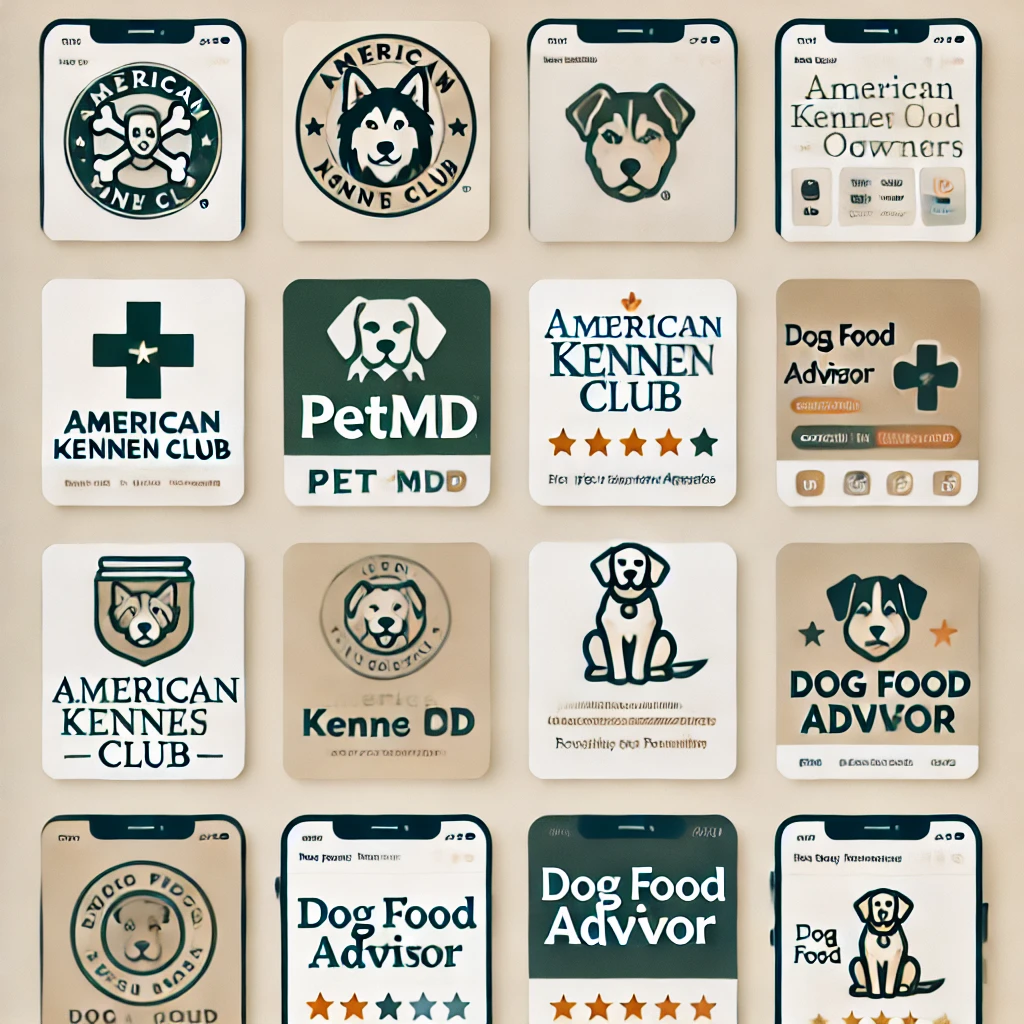
A. Reputable dog nutrition websites:
- American Kennel Club Nutrition section
- Tufts University Petfoodology blog
B. Books on canine nutrition:
- “Dog Food Logic” by Linda P. Case
- “Small Animal Clinical Nutrition” by Michael S. Hand et al.
C. Finding a veterinary nutritionist:
- American College of Veterinary Nutrition website
Remember, while this guide provides a comprehensive overview, every dog is unique. When in doubt, always consult with your veterinarian or a certified veterinary nutritionist for personalized advice tailored to your dog’s specific needs.




2 Comments